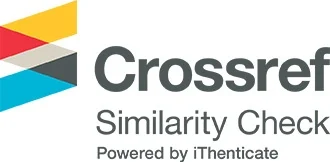Ultrasonography of CIMT and plaques as a surrogate as a surrogate atherosclerosis used for prediction of future stroke and peripheral cardiovascular diseases.
DOI:
https://doi.org/10.65137/lmj.v5i1.90Abstract
The presented study proposed the sonographic evaluation of carotid intima media thickness (CIMT) and plaques correlated with age, gender and risk factors of hypertension and diabetes mellitus. The evaluation importance of CIMT and plaques are surrogate biomarkers for future cardiac disease, stroke and peripheral arteries disease. Patients and method: studied 84 patients (45 males and 39 females) which were referred to our hospital had vague complaint, hypertension, diabetes mellitus or referred patients had two risk factors of hypertension and diabetes mellitus. Ultrasound with high frequency transducer was used for carotid intima media thickness (CIMT) and plaques measurements for assessment of the atherosclerosis. Results: values of CIMT and plaques were increased gradually by increasing age as well as were higher in men than women and increased also in patients with risk factors, which are associated with cardiovascular disease or stroke. Conclusion: the asymptomatic and symptomatic patients were referred to the hospital for carotid ultrasound. CIMT and plaques predict future cardiovascular disease, stroke and peripheral artery disease (PAD). Ultrasound underwent for presented patients to determination and delineation of carotid arteries intima media thickness and plaques. CIMT and plaques were increased by age and higher in patients with risk factors, as well as higher in men than women.









